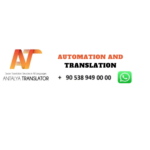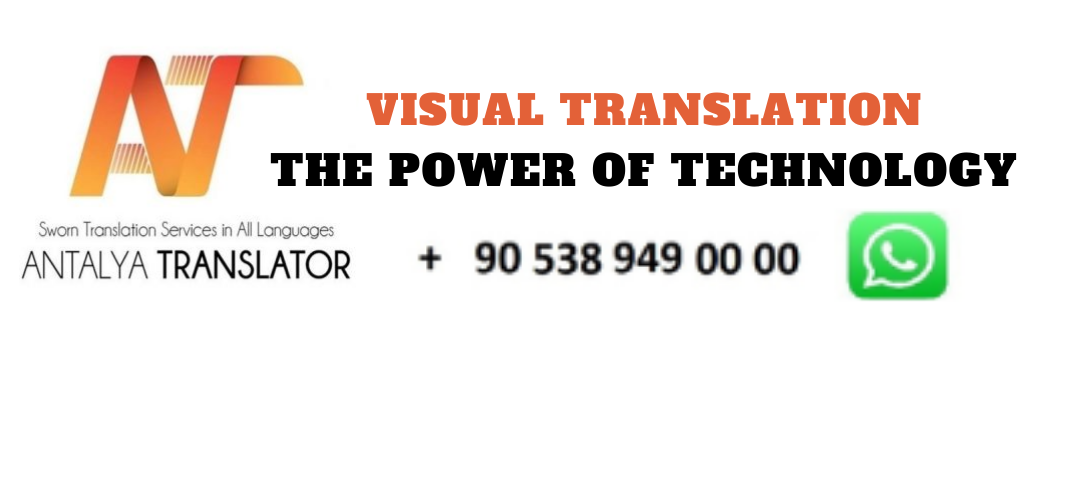
Guide to Renting a House in Antalya for Foreigners
September 13, 2023
Automation and Translation
September 19, 2023Language differences can be a major barrier to global communication. However, with the development of technology, visual translation has become an important tool to overcome language barriers. In this article, we will examine what visual translation is, how it works and how it can be used in our daily lives.
What is Visual Translation?
Visual translation is translation using a technology or application that instantly translates texts and texts from one language to another. This can be used to translate photos, graphics, videos or written texts, as well as signboards, menus, signs and other visual content.
How does it work?
Visual translation involves a complex technological process. It usually involves the following steps:
- Image Capture: The first step is to capture the image with a camera or scanner. This can also be done with specialised devices such as mobile devices or smart glasses.
- Text Recognition (OCR): The captured image is converted into digital text using text recognition technology (OCR).
- Translation Process: The digital text is translated into the target language by a translation engine or an AI-based translation service.
- Imaging and Integration: The translated text is overlaid on the original image or displayed through an application.
Usage in Daily Life
Visual translation can be used in many different ways in everyday life:
– Travel Guide: When travelling in foreign countries, you can instantly translate signs, menus or descriptions of tourist attractions.
– Business: International business agreements, contracts and documents can be translated quickly with visual translation.
– Education: Educational materials or textbooks can be presented to students in different languages.
– Healthcare: Healthcare professionals can quickly translate and understand patient files or medical information.
– Automation and Industry: Robots working on production lines can understand and process instructions thanks to visual translation technology.
Conclusion
Visual interpreting is a powerful technological tool that facilitates global communication and breaks down barriers between different languages. Mobile applications, smart glasses and computer programmes contribute to making visual interpreting technology a part of our daily lives. The advancement of this technology will continue to further facilitate communication between people around the world.

